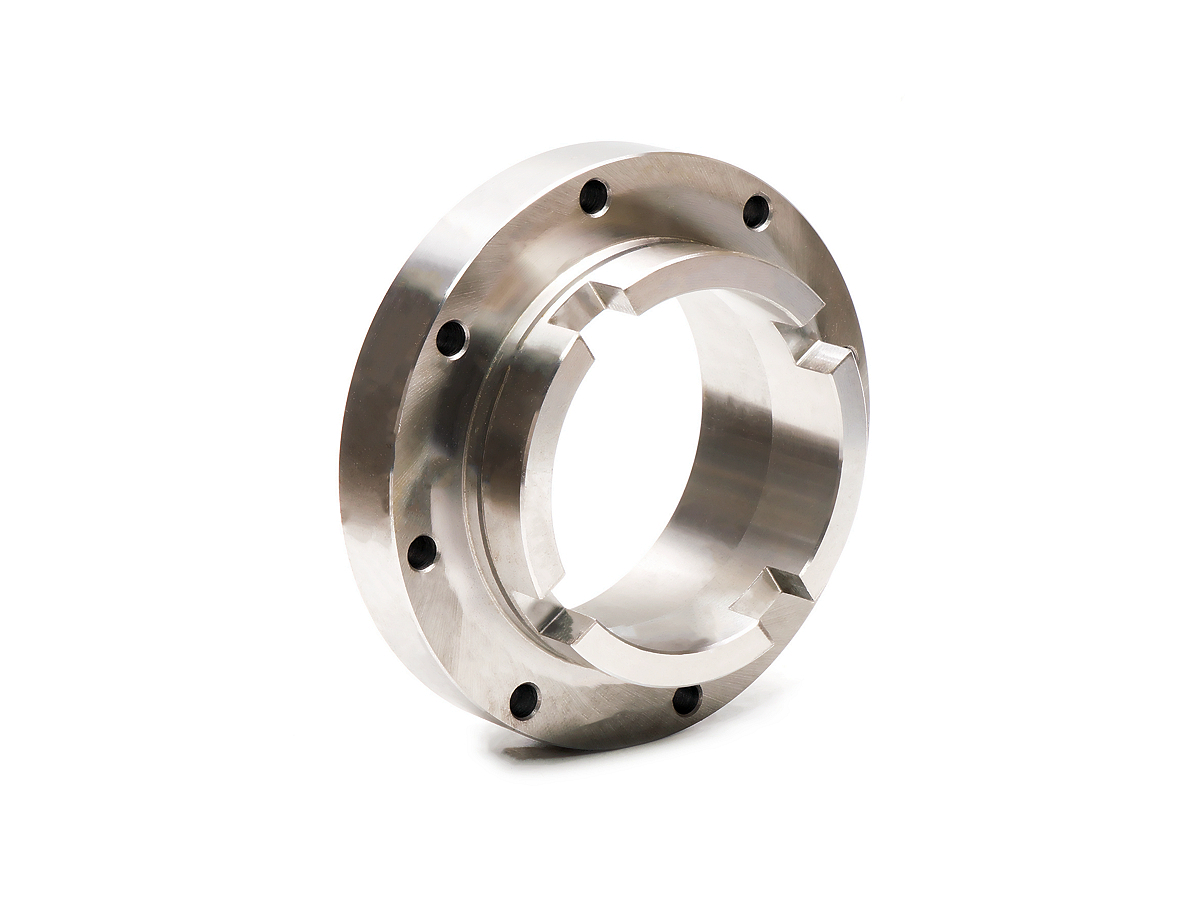Innovations in Deep Hole Drilling for Carbon Steel: A Look into Power Generation
Pushing the Limits of High-Pressure Component Manufacturing
Modern power plants demand deep hole drilling in carbon steel for critical components like turbine shafts (Ø50-300mm, L/D 30:1) and boiler feed pump barrels. Traditional methods struggle with heat accumulation and tool deflection in alloys like AISI 4140. Advanced deep hole drilling services now achieve 0.02mm/m straightness in 50m+ long bores using adaptive thermal compensation algorithms.
The shift to ultra-supercritical coal plants (650°C/300 bar) requires AISI 4340 paired with internal HVOF coatings to combat erosion in high-velocity steam environments while maintaining 1,000 MPa yield strength.
Material Selection: Optimizing for Thermal and Mechanical Stresses
Material | Key Metrics | Power Generation Applications | Limitations |
|---|---|---|---|
950 MPa YS, 28 HRC | Turbine rotor shafts, valve stems | Requires nitriding for >400°C service | |
1,080 MPa YS, 35 HRC (oil-quenched) | HP/IP turbine discs, coupling sleeves | Susceptible to hydrogen embrittlement | |
585 MPa UTS, 16% elongation | Non-critical pump housings, flanges | Limited to <300°C operating temps | |
540 MPa UTS, 35% improved machinability | Instrumentation tubing, fittings | Not suitable for high-cycle fatigue |
Material Selection Protocol
Rotating Components
Rationale: 4340 steel’s 1,080 MPa yield strength withstands 3,000 RPM centrifugal forces in turbine shafts. Post-drilling gas nitriding achieves 60 HRC surface hardness while maintaining 12% core ductility.
Validation: ASME BPVC Section III mandates 4340 for Class 1 nuclear turbine components.
High-Erosion Zones
Logic: 4140 QT’s through-hardening capability allows drilling 100:1 L/D ratio cooling channels. Internal WC-CoCr HVOF coating reduces erosion rates by 70% in 200 m/s steam flows.
Cost-Sensitive Applications
Strategy: 1045 steel with zinc-nickel plating provides adequate corrosion protection for auxiliary systems at 40% lower cost than alloy steels.
CNC Drilling Process Innovations
Process | Technical Specifications | Applications | Advantages |
|---|---|---|---|
20-300mm Ø, 0.03mm/m straightness | Turbine shaft cooling bores | 60% faster metal removal vs gun drilling | |
10-50mm Ø, 1,500 psi coolant pressure | Feedwater heater tube sheets | Enables 80:1 L/D ratios in hardened steel | |
0.5-5mm Ø, 0.005mm circularity | Steam turbine blade cooling holes | Reduces work hardening by 90% | |
5-20mm Ø, 0.02mm chip break control | Valve body cross-drilling | Prevents chip entanglement in deep holes |
Process Workflow for Turbine Shaft Bores
Pre-Drilling: Spot drill with 140° carbide tip to 5mm depth
BTA Roughing: Remove 85% material at 0.15mm/rev feed (Ø200mm)
Thermal Stabilization: 560°C×6h stress relief to minimize distortion
Finish Drilling: Diamond-coated boring bar achieves Ra 0.8μm
Surface Engineering: Enhancing Operational Lifespan
Treatment | Technical Parameters | Power Generation Benefits | Standards |
|---|---|---|---|
WC-10Co4Cr, 1,200 HV30 | Steam erosion protection | ASTM G76-13 | |
0.3mm case depth, 1,000 HV | Fatigue resistance in rotor shafts | AMS 2759/7 | |
Inconel 625 overlay, 2.5mm thickness | Combats coal ash corrosion | ASME SB443 | |
75μm thickness, <5% porosity | Protection in wet steam environments | ASTM B733 |
Coating Selection Logic
Coal-Fired Boilers: Laser-clad Inconel 625 withstands 950°C flue gas with 5% sulfur content.
Nuclear Turbines: Plasma nitriding extends 4340 steel shaft lifespan 3x under neutron irradiation.
Geothermal Plants: Electroless nickel resorts to 300°C brine with 200,000 ppm TDS.
Quality Control: ASME-Compliant Validation
Stage | Critical Parameters | Methodology | Equipment | Standards |
|---|---|---|---|---|
Material Certification | Inclusion rating (ASTM E45 ≤1.5) | Automated SEM/EDS analysis | Zeiss Sigma 300 | ASME SA-788 |
Dimensional Inspection | Bore straightness (±0.02mm/m) | Laser-guided bore scope | Optiv 322 CMM | ASME Y14.5 |
NDT | Phased array UT (≥2mm flaws) | 10 MHz ultrasonic probes | Olympus Omniscan MX2 | ASME Section V |
Pressure Testing | 1.5x design pressure, 30min hold | 700 bar hydro test bench | Maxpro VesselTest 700 | ASME BPVC Section VIII |
Certifications:
ASME N/NPT Stamp for nuclear components
ISO 9001 and NADCAP accredited
Industry Applications
Turbine Rotor Bores: AISI 4340 + internal HVOF (1,200 HV)
Boiler Feed Pumps: 4140 QT + plasma nitriding (0.3mm case)
Steam Chests: 1045 + electroless nickel (75μm)
Conclusion
Advanced deep hole drilling services enable power generation components to achieve 0.02mm/m bore accuracy under extreme thermal and mechanical stresses. Explore our ASME-certified machining solutions for next-gen energy systems.
FAQ
Why choose BTA drilling over gun drilling for large bores?
How does laser-assisted drilling prevent work hardening?
What certifications apply to nuclear turbine components?
Can 1045 steel be used in high-pressure steam systems?
Surface treatment options for geothermal equipment?

